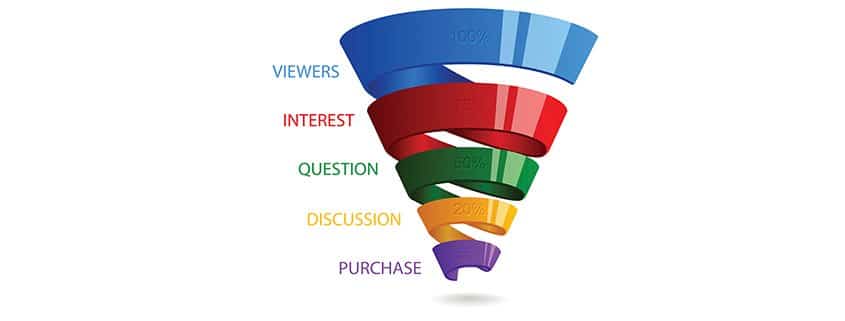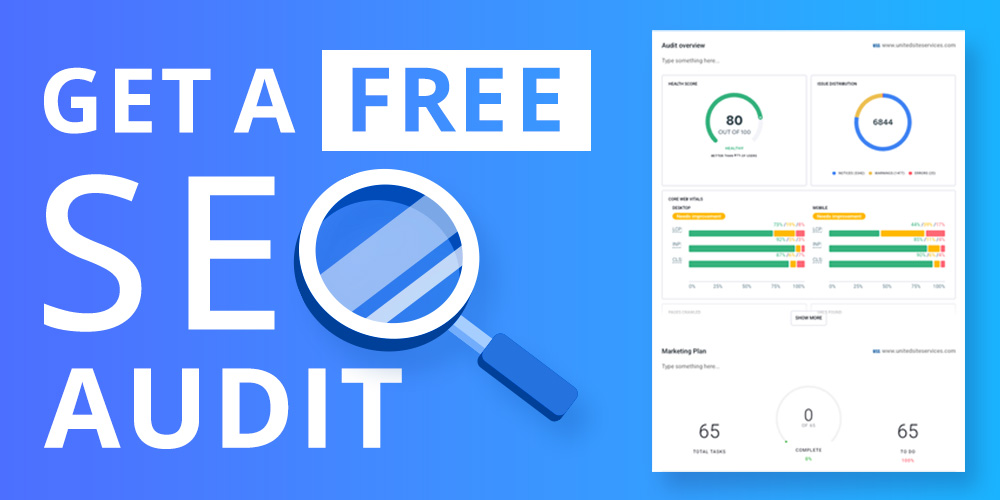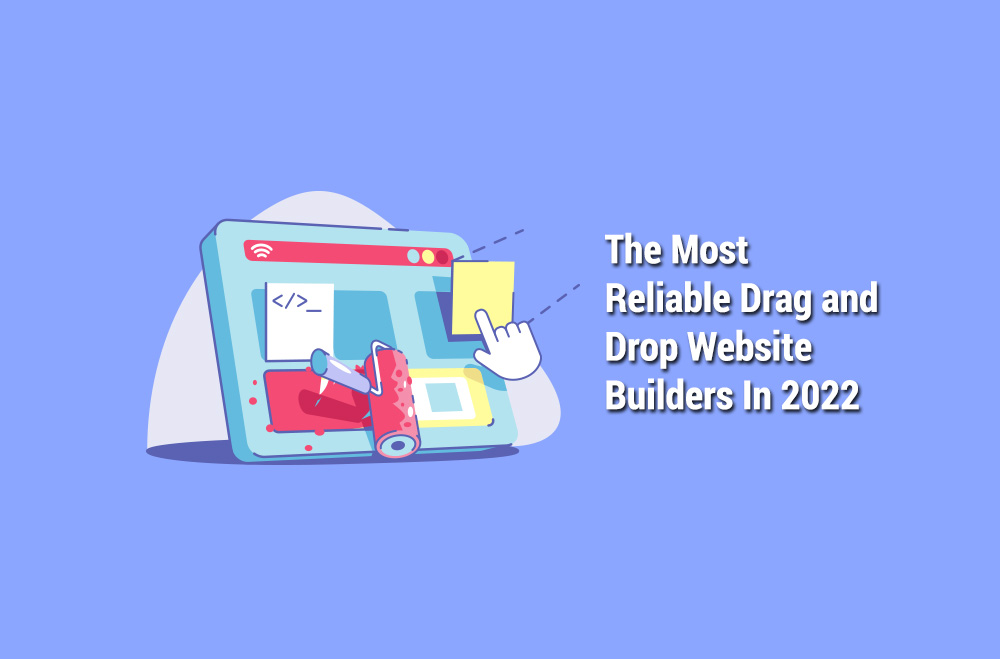


Every online store owner knows that there is a conversion process that turns their readers into buyers. Many stores may have one in place without even realizing it. However, not many really use them effectively or even analyze if their conversion funnels are working in their favor.
In fact, it might be the most important part of the process that would ultimately get you some eCommerce sales. Let us take a look below and learn how the various kinds of conversion funnel that involve the user’s experience, advertising, customer engagement, marketing and remarketing can help your eCommerce business when used efficiently.
Here comes the part of the sales process that needs to be analyzed carefully from time to time and adapted to perform better. If there are parts of the funnel that do not seem to work out, then they would need to be tweaked before overall sales get affected.
While it might be a dream come true, you can’t possibly expect a person who landed on your site to simply make that purchase and get you a sale, right? They would have to go through a process to be converted from a random reader to a committed customer, and better yet, a repeat customer. Let’s learn more about this process.
Step 1 of the Conversion Funnel: Getting The Customers
Without traffic to your online store and visitors, you can’t possibly be making sales. To reach out to your ideal customers, you have to be where they are and do what they tend to do.
For instance, you should decide if your target market tends to hang out on Facebook, Reddit or other social media platforms. You need to be where they are to get their attention.
Step 2 of the Conversion Funnel: Activate The Customer
When someone visits a website, they are not going to be immediately convinced to make that purchase. You need to lure them in, keep their attention while they surf around the website. They need to get to know you before they are ready to buy from you.
To lead them to the point of wanting to buy from you, you have to get them to finish some small tasks for you. Small things they don’t mind doing while trying to understand if you are a right fit for them.
This step is called activation. It is where you have them read your blog, browse your website, or sign up for email updates and where you want them to stick around for a while to check your website.
Step 3 of the Conversion Funnel: The Want To Buy
Your goal is to make your website visitors want and need to buy – but without actually selling to them.
The need to buy should occur to your potential customer naturally. They should be gently persuaded through the conversion funnel to be convinced that buying from you is a good idea. Provide them with useful resources that they would appreciate, and let them like you, your brand, and your products.
Step 4 of the Conversion Funnel: Sale is Made
We all want to see them happening – eCommerce sales being made. However, whether this happens or not depends on the success that you see in the previous steps. These steps are connected and build on one another to get you the results you want.
Firstly, there are many ways that a website can convert sales. You must target all possible customers in all ways possible.
Your customers would find your website and visit it in different ways, for different reasons, and probably wouldn’t all respond to buying from you in the same way. Visitors should be lead to purchase in a way that they are comfortable with. You can’t pressure them into making a sale. You have to convince them in a way they want to be – otherwise you lose a potential customer.
Part of your target audience would love to be on social media, so you have to present there to grab their attention. Some might just check their email, so you would want to connect with them that way. They both may love your products. However, if you only use one sales funnel, you would miss out on reaching out to your entire target market.
You would need to set up separate experiences that appeal to the different taste of your entire target market. That is why you would need different funnels to convert sales on your website.
While there are different ways to create a complex sale funnel, we will look at 3 conversion funnels that fit almost any eCommerce store.
The first funnel would be structured in the following way:
We start off with paid Facebook ads. Here, there are two factors to check for to see if it is functioning correctly.
The ad links them to a special landing page that repeats the gist of the message from the ad. This landing page has a few things to accomplish:
If the ad were successful, the next step would be for the reader to click on the “Add To Cart” and complete their purchase at checkout.
However, if the reader isn’t convinced, you have to deal with an abandoned shopping cart, which sadly tends to happen 71% of the time. This is why you need to have a strategy to overcome these abandoned carts. AdEspresso states that up to 26% of the readers who leave the cart could return if remarketing is appropriately done.
Facebook remarketing can ensure that some of those who abandoned the cart change their mind and return to make a purchase. At this point, you want to watch the click-through rate of the new ad, and also the corresponding new landing page that this ad lands on. You would need a click-through rate that is 10 times more than what’s required on a standard ad.
The funnel is best when you are promoting a new product, catalog or would like to see quick returns on your investment.
This type of funnel started with organic searches via search engines like Google. These readers are not about to approach you with the intention to buy right away. However, you need to get their attention and not lose out on all these potential customers.
For this step to be a success, you need
The fluent traffic would lead to resources pages that aren’t fully intended to make sales. These resources come in the form of blog articles or guides that informs or entertains the readers. When assessing the resource page, you would need to access the following
You would need to give them content that would keep them interested.
Blog Subscriptions
Since content is the main basis of this funnel, it is important to keep feeding it for the people. You would need a way to bring the content to your readers at all times. You can do it if you get them to subscribe to your updates. That way, they can get new content frequently and it would keep them engaged, interested in your expertise, and alert. You would need to keep an eye on the rates of opens, clicks, and unsubscribe rates to measure the success.
Product Pages
If content marketing succeeds, then it means they are ready to browse around your products with a possibility to make that purchase. We can assess by seeing how many times they visited the product pages and how much time they spent on each page.
The funnel is successful if your efforts lead to a sale. In this case, the free information would make you some sales. As It does take a long time to materialize, it’s important to be consistent and patient while doing this.
Continue Providing Content
Although the sale has been made, the funnel doesn’t end here. You have to keep their interest up with content that can help them beyond your purchase. It is great for creating a long-term relationship with the target audience, and for creating brand awareness.
The funnel combines content marketing and social media marketing. First, you create a social media presence and then post content that sells harder to your consumers. It usually works with good traffic and engagement rates.
You would engage them with content that links to your products. You need them to dwell on your profile and learn more about the products (even more than what is on the product page). You can focus on different aspects of the product to appeal to the reader.
You must then end off with a precise call to action. You need to be clear on what they have to do and watch the rate at which this action is completed.
Remarketing on Social Media
Following up with visitors who don’t convert on the first try is very important. They could change their mind as they learn more about your product and brand.
Dedicated Product Page
You definitely need a special product page that your ads lead to. Your page has to be focused on the same goal that the ad had. So, the page doesn’t need to have any other information that the ad doesn’t have.
The funnel is great to show your audience all the options they have and to learn all about your products. It might be the best way to highlight features that your product page might not emphasize on.
These three sales funnels can do wonders for your online eCommerce sales. We at Bright Vessel can set you up with your effective sales funnel. Contact us today as we help you create more sales.

"*" indicates required fields

"*" indicates required fields

"*" indicates required fields
You must be logged in to post a comment.





